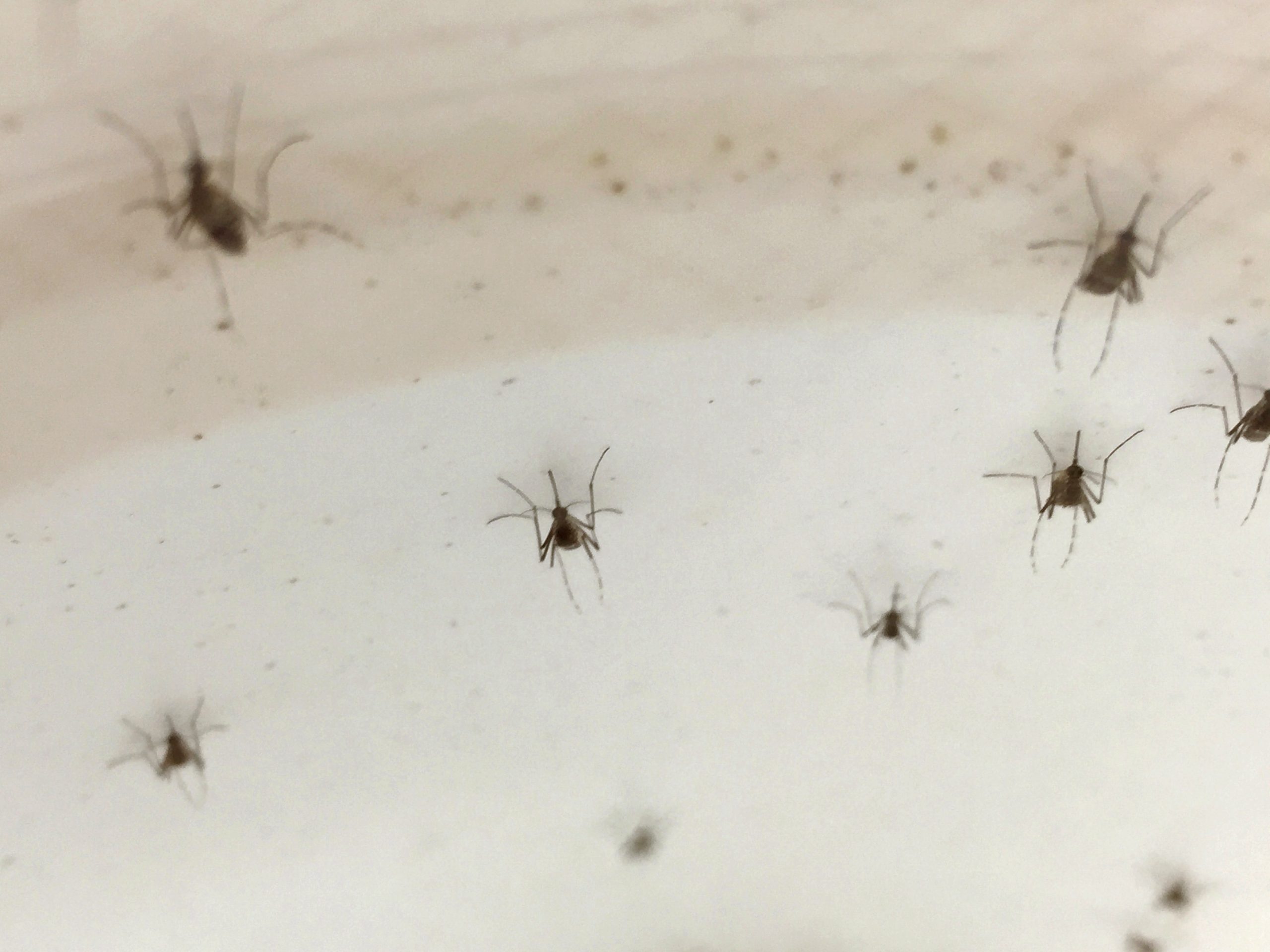By Luke Alphey, Alphey Lab, University of York
Research on gene drive technologies as a tool to control mosquitoes that are vectors of disease has produced promising results. Although field trials are likely still some way off, researchers have for example been able to develop efficient gene drive systems in the mosquitoes Anopheles stephensi and Anopheles gambiae, which are both vectors of malaria.
However, attempts to develop similarly efficient gene drive systems in the Aedes aegypti mosquito – which transmits dengue, Zika and yellow fever – have so far proven challenging. While studies in this realm have provided proof-of-principle, they have also demonstrated the need to improve efficiency of the underlying molecular components before these tools could be considered for practical implementation.

In a recent study, published in the journal Nature Communications, we aimed to explore how to enhance the efficiency of gene drive in Ae. aegypti. We found that this is feasible, by optimising Cas9 expression with different promoters and associated regulatory elements. These results are certainly encouraging; though performance of these Cas9-based “homing” drives in Aedes aegypti remains well behind Anopheles, our results indicate that further refinements to each component can lead to the development of more efficient gene drive systems in Ae. aegypti mosquitoes.
The development of new measures to halt the spread of vector-borne diseases has become of paramount importance. While current control tools have reduced the burden of these diseases, particularly for malaria, issues such as that of evolving resistance to commonly used insecticides and drugs demonstrate the need to consider the potential public health benefits of new approaches, such as gene drive technologies. At the Alphey Lab, and with our many collaborators, we aim to help develop new, safe, and sustainable methods for reducing the harm caused by insect pests, particularly mosquitoes and mosquito-borne diseases.
Read the full study here.
Recent posts
